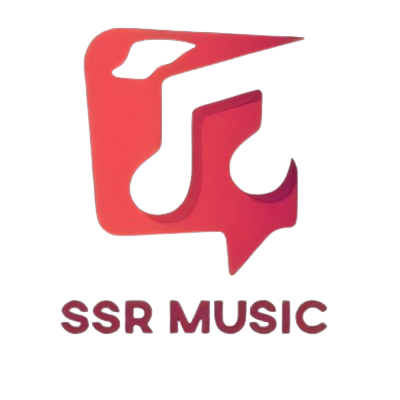
Types of Music Production and Instruments
A worldwide language, music has the ability to enthrall and inspire listeners. An extensive assortment of instruments and a committed music producer are the foundation of any great musical creation. We’ll explore the several approaches to music production and the wide variety of instruments employed in the creation of musical masterpieces in this blog article.Table of Contents
The Different Types of Music Production and Instruments
Instruments and Music Production Types
A worldwide language, music has the ability to enthrall and inspire listeners. An extensive assortment of instruments and a committed music producer are the foundation of any great musical creation. We’ll explore the several approaches to music production and the wide variety of instruments employed in the creation of musical masterpieces in this blog article.
Types of Music Production
Live Recording
In live recording, musicians perform in a studio or on location as part of a traditional music production process. This method creates a genuine and spontaneous sound by capturing the unadulterated energy and spontaneity of the performance. Bands and orchestras frequently choose live recording because it enables in-the-moment collaboration and interaction among the musicians.
MIDI Production
Electronic instruments like drum machines and synthesizers are used in MIDI (Musical Instrument Digital Interface) creation to produce music. Producers can write and arrange music in a virtual environment by using MIDI controllers to trigger and modify digital sounds. This technique is widely used in electronic music genres because it provides a great deal of versatility and control over the sound.
Sampling
Producers utilize the method of sampling to take parts of pre-existing recordings and repurpose them into new songs. Various musical elements, such as contemporary digital samples and vintage vinyl recordings, can be incorporated with this technique. Pop, electronic, and hip-hop music have all benefited greatly from sampling, which has allowed musicians to produce original and creative songs.
Beat Making
The main goal of beat making is to employ drum machines, samplers, and sequencers to create rhythmic patterns and grooves. This technique is frequently used by producers of electronic, hip-hop, and R&B music to create catchy beats that serve as the basis for their songs. Producers can freely alter the overall atmosphere of a track by experimenting with different sounds and textures through beat creation.
Remixing
Remixing is the process of taking an already-existing music and giving it a fresh feel by changing some parts or the arrangement. In order to provide a track a new viewpoint and infuse it with their distinct style and inventiveness, producers frequently work in conjunction with artists. In the music business, remixes have become incredibly popular as a means for musicians to expand their fan base and revitalize their work.
Range of Instruments
String Instruments
Strings vibrate to produce sound on string instruments, including the bass, violin, guitar, and cello. These adaptable instruments are used in many different kinds of music, including jazz, folk, rock, and classical. String instruments’ rich, expressive tones give musical works more depth and passion.
Wind Instruments
Blowing air into or across wind instruments, such as the flute, saxophone, trumpet, and clarinet, produces sound. These instruments are crucial in orchestras, jazz bands, and other ensembles because they can produce a broad variety of tones and dynamics. Because wind instruments are expressive, players can use their playing to portray a variety of moods.
Percussion Instruments
Drums, tambourines, maracas, and cymbals are examples of percussion instruments that make sound when struck or shook. They propel the beat and give the song a sense of groove by adding rhythm and texture. In many musical genres, including Latin and African music as well as pop and rock, percussion instruments are essential.
Keyboard Instruments
Sound is produced by hitting keys on keyboard instruments, including the electric keyboard, synthesizer, organ, and piano, which cause electronic signals, hammers, or plucks to sound. These adaptable instruments offer a wide range of tonal possibilities and can imitate the sounds of other instruments. The keyboard is a common instrument in jazz, modern, and classical music.
Electronic Instruments
Electronic circuits and digital technology are used by electronic instruments, like synthesizers, drum machines, and samplers, to create sound. These devices have transformed the process of making music by enabling the development of distinctive, futuristic sounds. Pop, hip-hop, and electronic music are among the genres that heavily feature electronic instruments.
Conclusion Types of Music Production and Instruments
Types of Music Production and Instruments The process of producing music is intricate and multidimensional, including a range of tools and methods. Every technique offers a unique set of creative opportunities, from beat building and sampling to live recording and MIDI production.
Comparably, the variety of musical instruments such as wind, string, percussion, keyboard, and electronic contributes to the richness of the musical landscape.
Discovering these many styles of music production and instruments can enhance your understanding of the art form and provide inspiration for your own musical endeavors, regardless of whether you are a producer or just a music enthusiast.
Check out this blog related to this blog
Check our featured blog
Understanding the Foundations of Music Theory


Leave a Reply